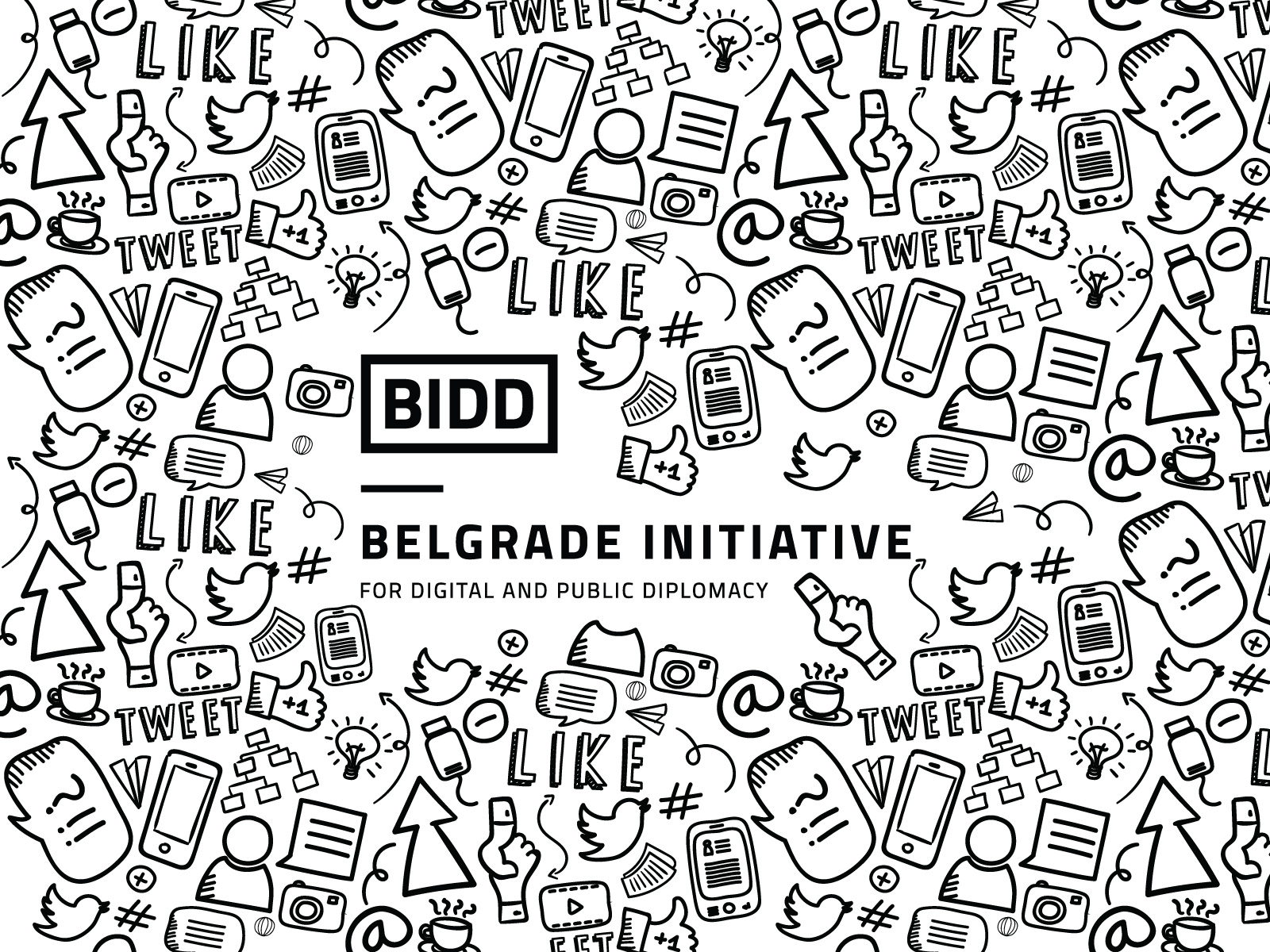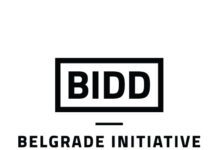It’s past midnight on a Friday evening in Tunis. The Canadian Ambassador to Tunisia and his social media team are riveted to their mobile devices, eagerly monitoring Facebook activity. Homosexuality is a crime in Tunisia and across the Middle East and Northern Africa region, and the Embassy just published a series of controversial posts on Facebook calling for an end to the criminalization of homosexuality in Tunisia.
The bold digital diplomacy campaign marked last year’s International Day Against Homophobia and Transphobia (IDAHO), celebrated annually around the world on May 17. The decision to fly the rainbow flag was significant in that Canada was the first country to fly the LGBT flag at one of its embassies in the Arab world. And it provided great material for a social media advocacy campaign.
Before proceeding with the campaign, which included meeting with civil society activists, the team at the Canadian Embassy in Tunis gave the project careful consideration, and weighed the various risks: diplomatic, reputational and security-related. There was some controversy, even internally. What was certain was that this activity would generate hundreds of comments on the Embassy’s popular French and English Facebook pages. That was in fact the whole point: to get the conversations going. And that’s what happened. Canada was told by some followers to pack-up and take its Western values with it, while others publicly and privately thanked Canada for bringing attention to this cause and the daily struggle of the LGBT community.
What was not expected is that the comments – while polarized – were overwhelmingly positive and that the conversations were self-moderated. What was even more surprising is that more than 1,000 people – by ‘liking’ the posts – took a very public stance within their individual social media circles of friends, colleagues and family against the violence, discrimination, and repression of LGBTI communities in Tunisia. Canada achieved its goal by prompting a real debate in Tunisian society around homosexuality.

In a separate digital diplomacy campaign in 2015, Canada sought to express its solidarity with disenfranchised Tunisian youth. With a view to giving them a voice to project their dreams of a post-dictatorship Tunisia, the Canadian embassy offered-up its façade – 75m² of prime space, a gigantic pure white canvas – for six young male and female graffiti-artists to express themselves, under the incredulous eyes of the Tunisian diplomatic police, long accustomed to chasing rather than protecting these street artists.
This innovative and daring approach to diplomacy was amplified instantly on social media, and quickly picked up on national evening news, in the traditional media and on the internet. The street art was featured for three months, and served as a constant conversation piece with interlocutors, including many Tunisian ministers. Tunisia’s youth were heard, as was Canada’s message of solidarity and support for freedom of expression.
Effective digital diplomacy requires creativity, and is almost certain to go viral if it is out of the ordinary. The challenge is to insert that edge which diplomats around the world are traditionally trained to attenuate rather than to cultivate. A case in point is the famous tweet from the Canadian Mission to NATO mapping-out what is – and more importantly what isn’t – Russian territory at the height of the Russian invasion of Ukraine in 2014. The effectiveness of this move arguably surpassed the combined effects of many of the traditional tools of international diplomacy.
Digital diplomacy using social media is perhaps the most obvious form of direct diplomacy. It provides Canadian embassies around the world with instant access to large segments of the local host-country population. This can be used for difficult or otherwise uncomfortable conversations with a broad, new audience.
As part of Canada’s ‘human rights week’ in Tunisia in 2015, social media channels provided an unprecedented reach for a locally produced, Canadian-funded, cartoon-style video depicting the various forms of sexual violence contained in the Convention for the Elimination of Discrimination Against Women. The video was seen more than 100,000 times. The Embassy team was pleased, paradoxically, that many of the hundreds of comments generated by the posting of this video were negative or outright hostile. It showed that Canada’s message was having an impact and reaching those who needed to be convinced.
Social media is a powerful tool for Canada’s diplomacy. Canada has over 500 social media channels worldwide, engaging in over 20 languages, with an accumulated four million plus followers. But it’s not all about simply getting visibility, “followers” and “likes.” It’s also about the conversations it generates, online and offline.
Social media played an instrumental role in the 2011 Tunisian Jasmine Revolution, which gave rise to the Arab Spring across the region. This effervescent environment enabled the Canadian Embassy in Tunisia to experiment and innovate with digital diplomacy. It also explains why only two years after having launched its Facebook page, the Embassy’s French and English pages combine over 140,000 followers. That represents approximately 1.5 percent of the population of the host country being reached, on a daily basis, with material branding Canada and celebrating the many facets of Canada’s rich bilateral relationship.
But there’s more to Canada’s digital diplomacy than bold advocacy campaigns. While social media is a great tool for visibility and advocacy, it serves many other purposes. Digital diplomacy serves to mobilize diaspora communities in support of Canada’s international agenda around the world. It serves to promote Canada as an education destination, to showcase Canadian success stories and know-how, and to profile Canada’s global leadership. Canada’s digital diplomacy provides a basis for branding Canada, gets people thinking about Canada, and fosters trade and people-to-people ties. It sustains Canadian Embassies’ various business lines, including trade, development and diplomacy. Social media also makes Canadian Embassies around the world more accessible, by putting a human face on what may be traditionally seen as a discrete – at times secretive – function of diplomacy.
Canada is keen to engage Canadians and Canada-watchers around the world, many of whom would not usually be inclined to knock on Canadian Embassy doors, if it weren’t for the inviting and inclusive tone of Canada’s digital diplomacy.

As to showing a human side of diplomacy, the most effective post positioning Canada as a friend of Tunisia was not one linked to a diplomatic event. It was about what the Ambassador and his team did immediately after a meeting with the Prime Minister, before heading back to the office: a “power lunch” consisting of a deep-fried tuna sandwich and a freshly squeezed orange juice in a typical Tunisian food stall. It flattered national pride that diplomats would, with simplicity, indulge in the local delicacy at a stall in the souk. Social and traditional media picked up the story instantly, and among the many instantaneous benefits, resulted in an invitation from an influential Chief of staff for another traditional power lunch, this time with a similarly delicious egg, potato and tomato sandwich. Access, the staple of diplomats, is sometimes developed in unexpected ways.
Experience confirms that Canadian embassies’ online activity often serves to establish new networks, crucial to an effective, broad-reaching, diplomacy. As such, Canada’s hundreds of social media channels are in effect live, global, 24/7 networking events where guests arrive in large numbers but only rarely leave.
Canada’s growing integration of social media into its traditional diplomatic activity will be key to tap into and mobilize some of Canada’s key assets — its diversity and its diasporas, which are keen to foster a broad-range of economic, social, education and scientific ties between their country of origin and the one they, their parents or grand-parents embraced as newcomers to Canada.
The latest addition to Canada’s digital arsenal is a Syria-dedicated channel (@CanadaSyria) which serves to profile Canada’s — and Canadians’ — response to the crisis in Syria. Canadians will indeed recognize themselves in the ‘national project’ which has mobilized Canadians from coast to coast to welcome more than 25,000 Syrian refugees in communities across Canada.
It’s just another example of Canadian leadership on the digital front, with more likely to come.
Sébastien Beaulieu is Executive Director for Middle East Relations at Global Affairs Canada, and served as Canada’s Ambassador to Tunisia from 2012-2015. He was recently appointed, concurrently, as Adjunct Professor at the University of Victoria’s Gustavson School of Business.
From inspiring debates on LGBT rights to making new connections, digital tools are enabling traditional diplomacy, explains Canada’s recent Ambassador to Tunisia, Sébastien Beaulieu. By: Sébastien Beaulieu / May 17, 2016








